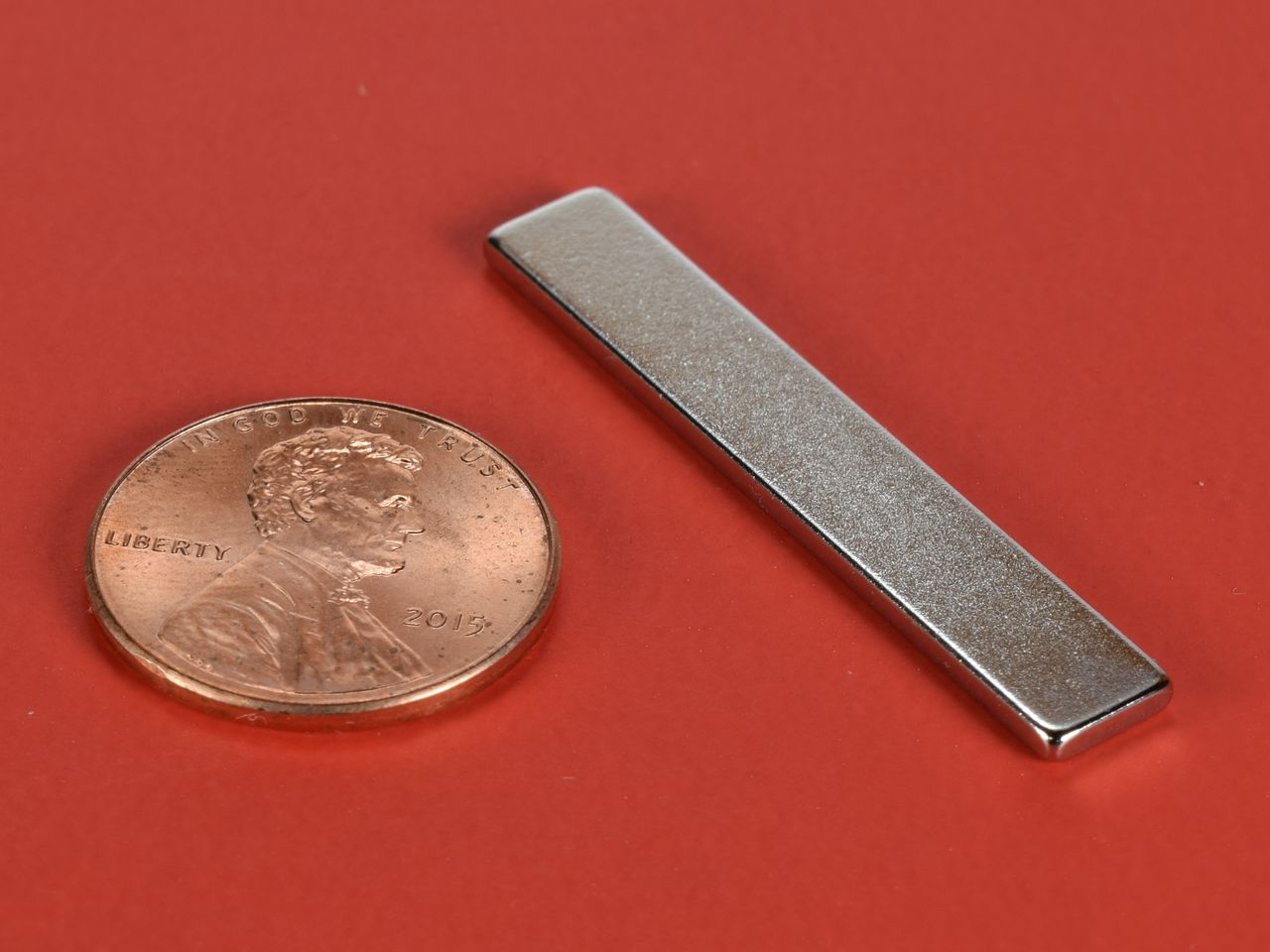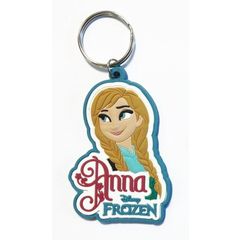
Over 6,192 FREE Online Slots Games to play (2020) - Play free slot machines from the top providers. Play Instantly, No Download or Registration required! Carrera has carved out a unique niche in the slot car market with their line of 1:24 scale slot car tracks. Carrera offers the widest tracks in 124 scale (7.79'/198mm wide) that enable racing both 1:24 and 1:32 scale cars. Brooklin – Handbuilt 1:43 white metal cars originally made in Brooklin suburb of Toronto, Canada and now made in England (incl. Related brands Lansdowne, RobEddie, U.S. Model Mint, International Police, Buick Collection '34–'39). Bruce Arnold Models (a.k.a. BAM) – handbuilt 1:43 white metal / resin post-war American cars.

A Kensington Security Slot (also called a K-Slot or Kensington lock) is part of an anti-theft system designed in the early 1990s[1] and patented by Kryptonite in 1999–2000,[2] assigned to Schlage in 2002, and since 2005 owned and marketed by Kensington Computer Products Group, a division of ACCO Brands.[3]
Description[edit]
The system consists of a small, metal-reinforced hole found commonly on small or portable computers and electronics equipment such as laptops, computer monitors, desktop computers, gaming consoles, and video projectors, combined with a metal anchor attached to a rubberized metal cable secured with a key or combination lock. The end of the cable has a small loop that allows the cable to be looped around a permanent object, such as a heavy table or other similar equipment.[2]
The hole is found in most laptops, although a lock for it is typically not included. Occasionally, the slot is located so that installing a lock will also prevent the removal of a valuable subcomponent, such as a rechargeable battery or a memory module. The Kensington slot may be marked with a small icon that looks like a padlock with a capital 'K', or the slot may be unlabelled.
Security[edit]
Kensington locks are not designed to be an impervious protection measure.[3] Because most computer equipment cases are generally made of plastic or thin metal, the lock can be torn out, though not without doing significant visible damage to the case. The cable itself can be cut if an individual has a wire cutter or bolt cutter sufficiently strong to cut through the cable material, which will vary between different brands of cable. The Kensington type locks are useful to discourage quick grab-and-run thefts of equipment from casually supervised locations such as coffee shops, but cannot prevent the removal of equipment secured in an unattended location.
The key is often a cylindrical type, but there are versions which use a traditional flat key. There are also versions of the lock that use a numeric combination instead of a key.[3]

Alternatives[edit]

Several manufacturers offer similar locking mechanisms that do not require a special lock hole.[4] They attach to a popular port, such as the VGA or printer port, and have special screws to secure locks in place.
References[edit]
- ^The Computer Chronicles, The Computer Chronicles - Notebook Computers (1992), retrieved 2018-12-13
- ^ abSecurity anchor/tether assemblage for portable articles: U.S. Patent 6,081,9746,317,936 and 6,360,405 (Cornelius McDaid, John Ristuccia, Kryptonite Corporation - priority date: 1999-06-21)
- ^ abc'Kensington SAFE Security Ratings'. Archived from the original on 2011-09-03. Retrieved 2014-04-12.
- ^'PA496U: Targus DEFCON® VPKL - Video Port Key Lock'. Archived from the original on 2009-05-27. Retrieved 2014-04-12.
External links[edit]
| Wikimedia Commons has media related to Kensington lock. |
So my buddy Greg Ellis hits me up on Skype this morning and asks if I have time to “take a walk”, which is how we like to meet and discuss business. We both like exercise, and it’s a great way to get both the blood and entrepreneurial juices flowing. But today, since it’s the last day of our vacation here in Utah, I’d promised my family they could have Krispy Kreme Donuts for breakfast, so I told Greg we could talk on a donut run instead. He didn’t object, and was at my house a few minutes later. 🙂
After picking up the donuts, we were headed back to my house when I suddenly yelled out “Oh! I need sheet metal!” as I turned sharply into the Lowes Hardware parking lot. Greg laughed and said “Of COURSE you do!” as if it’s something everyone yells when returning home with a dozen Krispy Kremes.
There’s a project here at the Utah house that I keep forgetting to tackle, into which Greg was unwittingly sucked. He’s always a great sport, however, so we still talked biz as we roamed the store to grab a 6 x 18″ piece of galvanized aluminum, some tin snips, and some sheet metal screws.
Back at home, Greg was more than happy to help out as I checked this minor annoyance project off my list. Thanks again for the help, Greg!
This project centers around the filter in my furnace. The HVAC “professional” who installed the furnace in this house gave me enough room in the return duct to insert a 20 x 25 x 1 inch filter, which sits diagonally inside the duct, like this:
However, when the furnace’s fan turns on, the suction will sometimes pull the bottom of the filter towards the fan, which stands the filter straight up on the right side of the intake duct. Then, when the fan shuts off and the suction disappears, the top of the filter will fall backwards, thereby allowing unfiltered air into the furnace. It was sloppy ductwork on the part of the installer, and it’s something I’ve been meaning to fix for years.
Measure Twice, Cut Once, Cut Yourself
Because the duct is 20″ wide (I know that because a 20″ wide filter fits perfectly) I knew the width of my 18″ sheet of metal would be fine. I used my level as a straight edge to score a 3″ section on the sheet metal:
Scoring my sheet metal.
Then I used my tin snips to cut as closely as I could along the score line:
Of course, I nicked my thumb on the sharp edge of the newly cut metal, but it wouldn’t be a DIY project without a little blood.
Bend and Fit
Next, I used a an exposed 2 x 4 on the wall of the utility room a jig to help me bend the strip in half, meaning it was no longer just a strip… it was a bracket!
Strip + bending = bracket!
I placed the strip inside the duct and slid it up against the base of the filter, so I’d know where to secure it, then drew a line along the edge of the bracket with a Sharpie:
Secure and Finish
I removed the filter so I’d have a bit more room to work, lined up the bracket with the Sharpie line, then secured it to the bottom of the duct with some sheet metal screws:

Slot Anahtarl K Metal Roofing
New bracket secured.
The final step was to replace the filter, and check to make sure the bottom couldn’t slide forward. Success!
Slot Anahtarl K Metal Fabricators
So what have we learned?
We’ve learned that donuts can totally help you remember DIY projects, and we now know the answer to the eternal question: “How many BYU Business School graduates does it take to fix a furnace filter duct?”